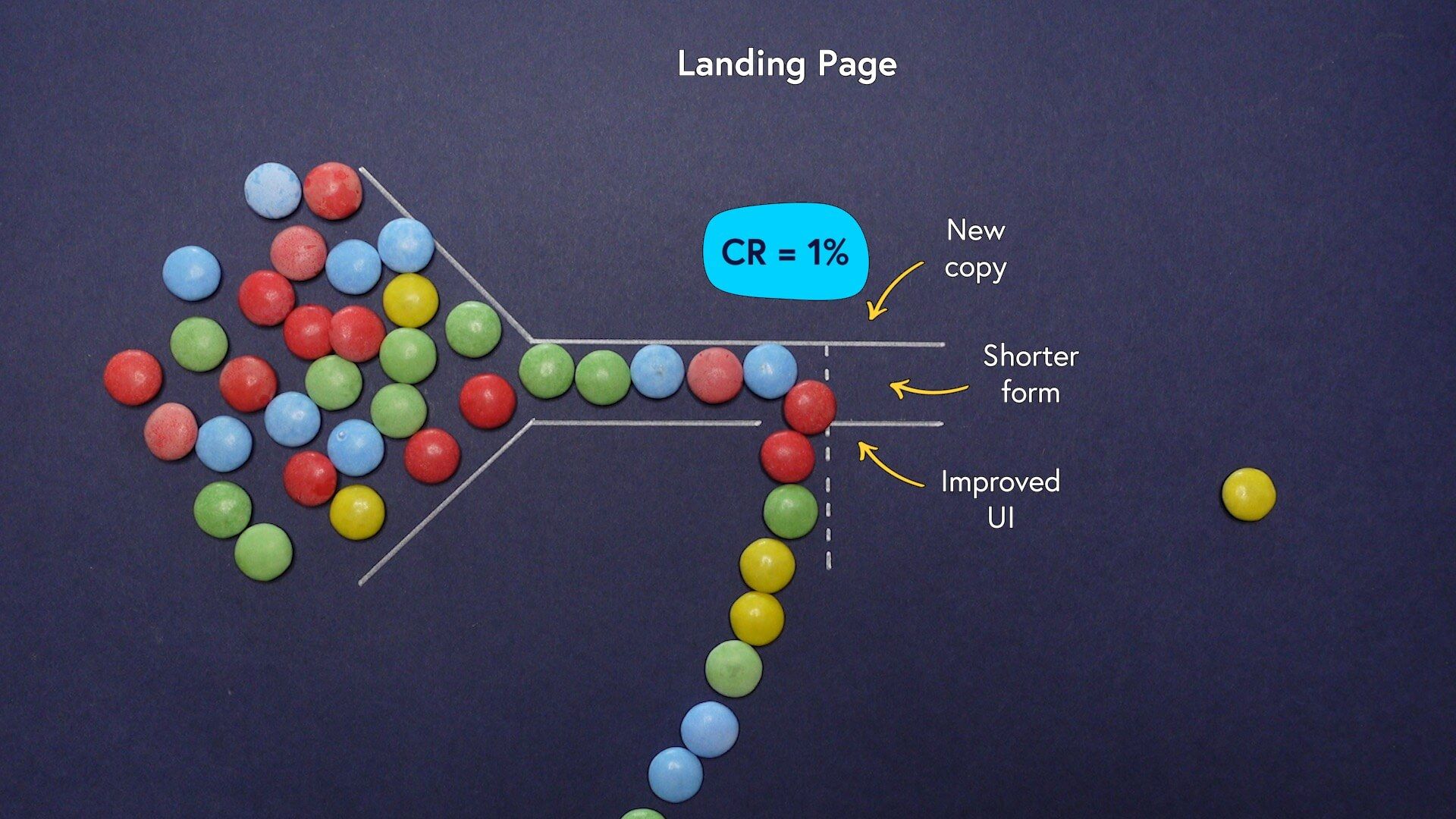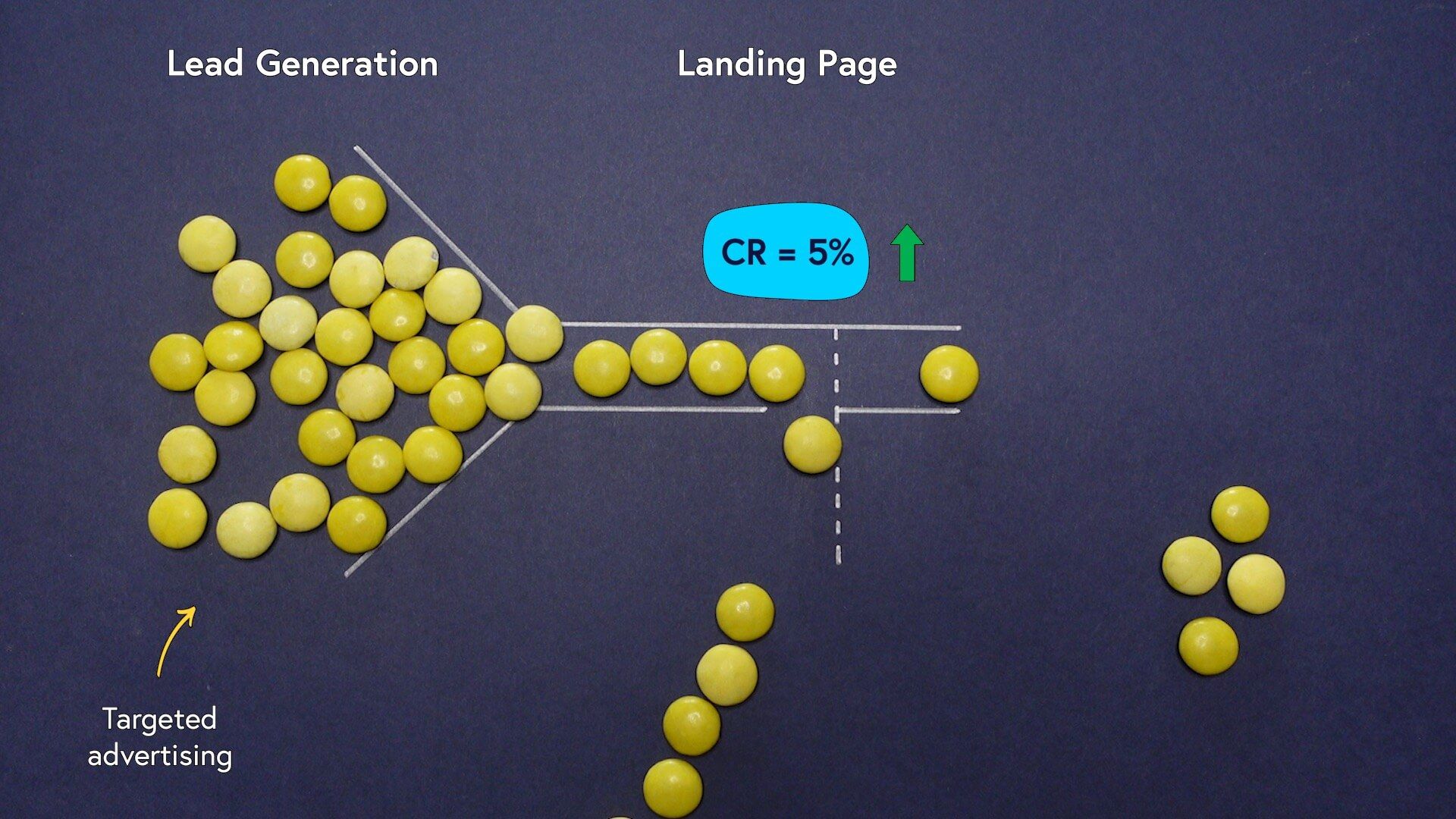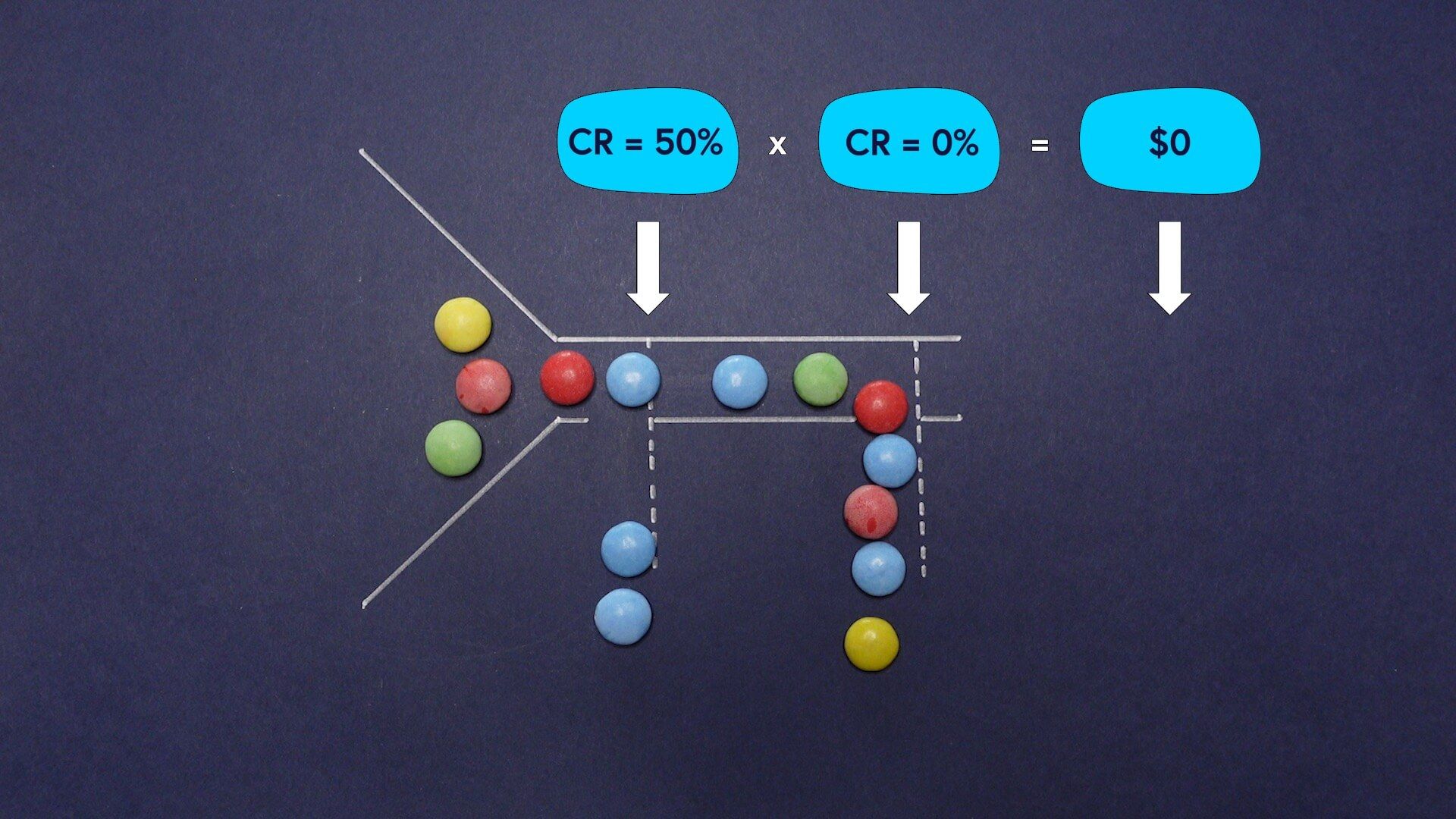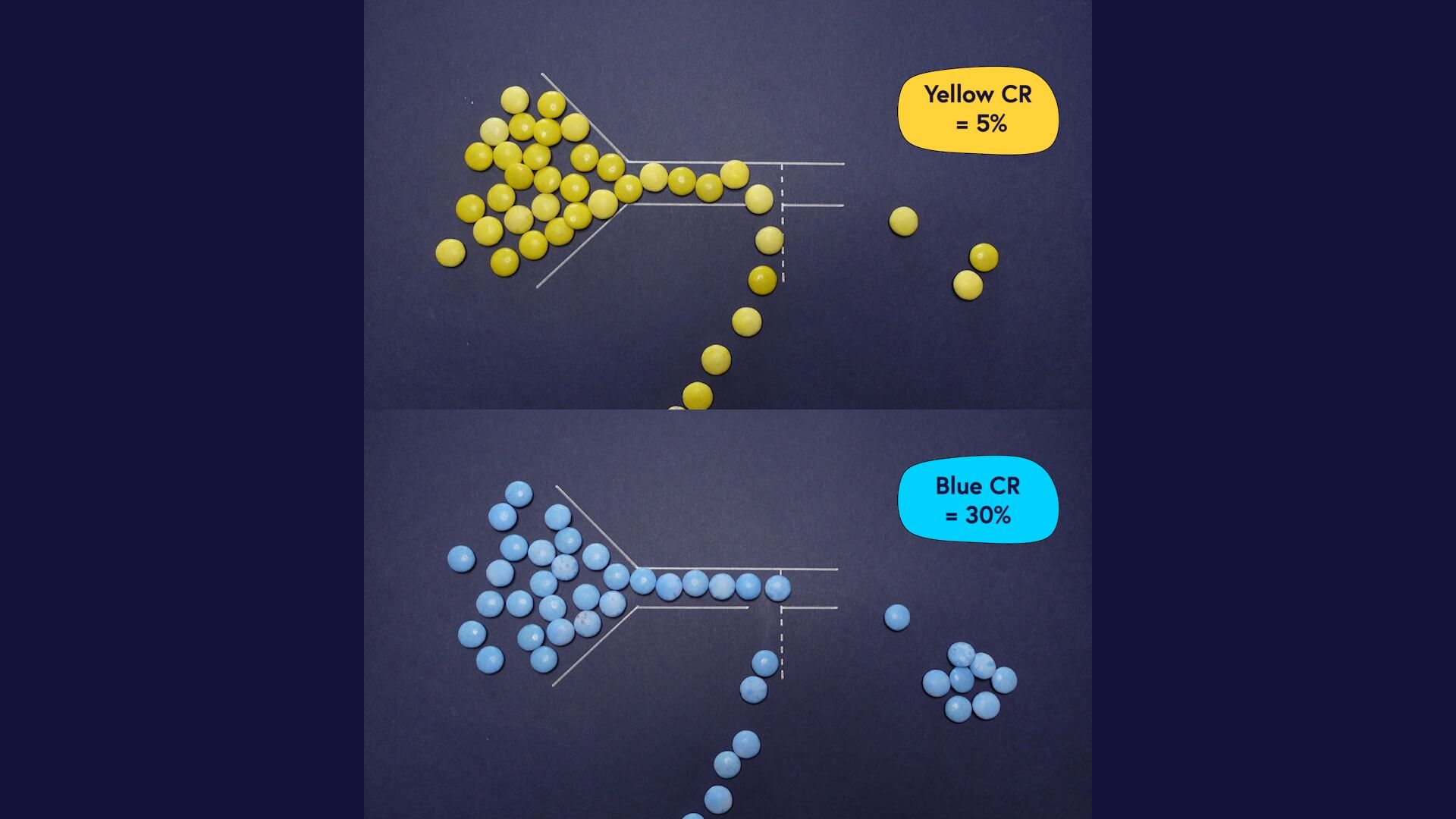In marketing and sales, purchase funnels form a crucial part of how we view the customer journey. And the most common way of measuring the effectiveness of a purchase funnel is with conversion rates.
Conversion rates provide a temptingly simple way of measuring how successful each of your tactics or touchpoints has been in moving the customer along – one step nearer to that all-important final stage – the sale.
Whether it’s a lead capture form, a landing page, a series of cold calls, or an email campaign, each of these activities can be viewed in terms of what proportion of customers they moved from one stage of the funnel to the next.
Increase your conversion rates at any stage of the funnel, and you will see the impact further down the line. Or so the conventional wisdom goes...
Unfortunately, in reality, things don’t always work out this way. In our latest episode of Data Smarties, we take a look at 6 common mistakes businesses are making with conversion rates, and what you can do to avoid making them in your own marketing strategy.
Mistake 1: Funnel vision
You may have heard of tunnel vision before…. funnel vision is when you focus on what happens during one part of the customer funnel and ignore everything else.
Even if you’re optimizing just one stage of the sales funnel, you still need to look at the whole customer journey, including
- who the customers are
- what those customers have encountered so far
- and what they are intending to do in the future.
Let’s explore an example.
Imagine you’re responsible for optimizing a landing page, which is converting new customers at a rate of about 1%.
Because you’re only responsible for the landing page, you start to see the conversion rate as a direct measure your landing page’s performance. In other words, you start to think that the 99% of prospective customers who don’t convert are not doing so because the landing page is deficient in some way.
You begin to test new copy, new forms, new layouts. And still nothing changes. The conversion rate remains at 1%.

It’s only when you step back and look at the entire customer journey, you realize that the problem is the product / customer fit – your advertising is targeting the wrong people. It just so happens that 99% of those people only realize this when they reach your landing page.
So instead, you work with the lead generation team and get them to target a new audience. All of a sudden your landing page’s conversion rate increases without making a single optimization.

This example is not to say that optimizations can’t make a difference to conversion rates. They can, especially if it’s to remove or improve something that is a genuine obstacle for the consumer. But sometimes, the most effective way to improve a conversion rate further down the funnel, is to make changes higher up the funnel.
Funnel vision is particularly common in teams that treat the customer journey like a relay race – where marketing, sales or product is only thinking about their own section of the funnel. Instead, it’s better for you to team up and think about the customer journey as a whole.
Mistake two: Great conversion rates, bad leads.
The conventional wisdom is that improving conversion rates at the top of the funnel will always create a positive impact further down the funnel.
But this logic assumes that all leads have the same likelihood of converting into customers. And this is clearly not true. Some leads – bad leads – have no chance of converting whatsoever.

This is why marketing and sales teams, particularly those working higher up the funnel, should be careful about drawing conclusions from conversion rates. Instead, they need to work with the whole team, and look at how their leads perform at every stage of the funnel, not just their own.
Otherwise, you also risk being affected by funnel vision.
Mistake three: Conversion rate is not an end in itself
Don’t celebrate improving your conversion rate from 10% to 15% if you lost half your customers in the process.
Even though it’s tempting to do so, you should avoid cherry picking conversion rates that make a project sound successful, even if it wasn’t. And you should question others when they report conversion rates as success metrics – without any providing any further context.
A conversion rate is what you could call a diagnostic measure. It helps us understand what’s going on. But on its own, it’s not a measure of impact.
Mistake four: Not segmenting
You don’t always need to segment, but some of the best insights come when you segment your customers, and measure the conversion rates separately.

How you segment your customers will depend on your own business strategy. But there are a few instances where it will nearly always make sense to segment
Existing customers vs new customers
If you have a website or platform that’s used by new customers as well as existing customers, you’re going to want to view their behavior separately. Often, conversion rates are designed around the journey taken by new customers, but these can be skewed by existing customers who are just coming back to use your product or platform.
A common example here would be a homepage which serves the purpose of converting new customers as well as being the place where existing customers log into their account.
Ad Traffic vs organic traffic
Ad traffic is naturally going to perform differently to people who found your site organically. Plus you're paying for ad traffic, so there’s a greater need to see how it’s performing.
You should be careful of segmenting too much, particularly if the segments are small.
Mistake five: Bad sample sizes
There is a lot to say about what makes a good representative sample, which we won’t go into here. But the main point to remember is that you should beware conversion rates which come from very small samples.
When the sample size is small, relatively minor changes in the data can cause the conversion rate to vary a lot.
This means the conversion rate isn’t reliable and can’t be used as a comparison, or as an indicator for how your tactics might perform at scale.
Mistake six: Using industry benchmarks
Using industry benchmarks to determine what is or isn’t a good conversion rate for your website, email or marketing campaign is a bad idea.
Of course, it’s natural you want to sense check if what you’re doing is particularly good or bad. Particularly if you’ve investing money.
And you will often see companies like Mailchimp aggregate their customer data, and present industry benchmarks for things like Open Rate or Click Rate.
But there are so many factors that will affect your conversion rate before you get to the industry category. They include your audience, your brand, how much your audience trusts your brand, your specific Call to Action (CTA), how you’ve presented your CTA, how you’ve incentivized your CTA, your product, the price of your product, whether or not your audience is in the market for your product right now, and whether or not you're even trying to push a conversion in the first place.
These are all things which are likely to be specific to your and your situation.
Remember, conversion rates are a diagnostic metric. They help you understand what’s happening in your customer journey. They’re not an end in themselves.

